-
 Bitcoin
Bitcoin $106,754.6083
1.33% -
 Ethereum
Ethereum $2,625.8249
3.80% -
 Tether USDt
Tether USDt $1.0001
-0.03% -
 XRP
XRP $2.1891
1.67% -
 BNB
BNB $654.5220
0.66% -
 Solana
Solana $156.9428
7.28% -
 USDC
USDC $0.9998
0.00% -
 Dogecoin
Dogecoin $0.1780
1.14% -
 TRON
TRON $0.2706
-0.16% -
 Cardano
Cardano $0.6470
2.77% -
 Hyperliquid
Hyperliquid $44.6467
10.24% -
 Sui
Sui $3.1128
3.86% -
 Bitcoin Cash
Bitcoin Cash $455.7646
3.00% -
 Chainlink
Chainlink $13.6858
4.08% -
 UNUS SED LEO
UNUS SED LEO $9.2682
0.21% -
 Avalanche
Avalanche $19.7433
3.79% -
 Stellar
Stellar $0.2616
1.64% -
 Toncoin
Toncoin $3.0222
2.19% -
 Shiba Inu
Shiba Inu $0.0...01220
1.49% -
 Hedera
Hedera $0.1580
2.75% -
 Litecoin
Litecoin $87.4964
2.29% -
 Polkadot
Polkadot $3.8958
3.05% -
 Ethena USDe
Ethena USDe $1.0000
-0.04% -
 Monero
Monero $317.2263
0.26% -
 Bitget Token
Bitget Token $4.5985
1.68% -
 Dai
Dai $0.9999
0.00% -
 Pepe
Pepe $0.0...01140
2.44% -
 Uniswap
Uniswap $7.6065
5.29% -
 Pi
Pi $0.6042
-2.00% -
 Aave
Aave $289.6343
6.02%
Should I stop profit when the Commodity Channel Index (CCI) breaks through +200?
When CCI exceeds +200 in crypto trading, it signals strong bullish momentum, but traders should evaluate market context, trend strength, and confirm with other indicators before taking profit.
Jun 15, 2025 at 05:35 pm
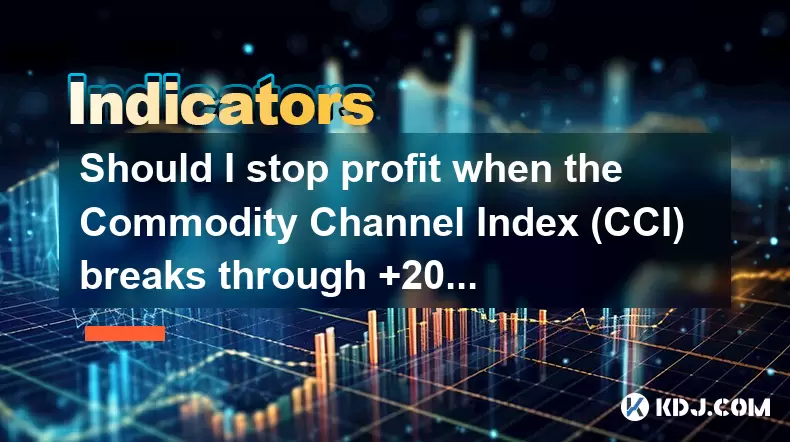
Understanding the Commodity Channel Index (CCI)
The Commodity Channel Index (CCI) is a momentum oscillator primarily used to identify overbought or oversold conditions in a financial instrument. It typically oscillates between -100 and +100, but values beyond these thresholds can signal strong price action. When the CCI breaks above +200, it suggests that the asset is experiencing extreme bullish momentum. This situation often raises the question: should you stop profit at this level?
Traders use CCI to detect potential trend reversals or continuation patterns. The index was originally developed for commodities, but it has since been widely adopted across other markets, including cryptocurrencies.
How CCI Works in Cryptocurrency Trading
In cryptocurrency trading, where volatility is high and trends can develop rapidly, the CCI indicator becomes particularly relevant. For instance, during a sharp rally in Bitcoin or Ethereum, the CCI may surge past +200, indicating an overextended move. However, in strong uptrends, prices can remain overbought for extended periods.
Many traders interpret a break above +200 as a sign of strength rather than exhaustion. Therefore, the decision to take profit should not be based solely on this level. Instead, it should be part of a broader strategy involving other technical indicators and market context.
Evaluating Market Context Before Taking Profit
Before deciding whether to stop profit when CCI exceeds +200, it's crucial to assess the overall market structure. In a healthy uptrend, a rising CCI can confirm the strength of the trend. If the price is making higher highs and the CCI stays consistently above +100, it might indicate a powerful bullish phase.
Conversely, if the price begins showing signs of weakness—such as smaller candlesticks, reduced volume, or bearish candlestick patterns—while the CCI spikes above +200, it could signal an impending reversal. In such cases, taking partial profits or tightening stop-loss orders may be prudent.
Combining CCI with Other Indicators for Better Signals
Relying solely on the CCI crossing +200 is risky. Traders should integrate additional tools to validate signals. One effective approach is combining CCI with moving averages, such as the 50-period and 200-period Simple Moving Averages (SMA), to gauge trend strength.
Another useful companion to CCI is the Relative Strength Index (RSI). If both CCI and RSI show overbought readings, especially if RSI is above 70, the probability of a pullback increases. Additionally, monitoring volume levels during CCI surges helps determine whether the rally is supported by strong buying pressure or just short-term hype.
Practical Steps to Manage Profits Around CCI +200
If you're considering taking profit when CCI breaches +200, here’s how to execute it methodically:
- Identify key resistance levels: Check if the price is approaching a historical resistance zone.
- Monitor candlestick formations: Look for bearish reversal patterns like shooting stars or engulfing candles.
- Set trailing stops: Allow your profits to run while protecting against sudden reversals.
- Use Fibonacci extensions: These can help pinpoint potential profit-taking zones aligned with the trend.
- Evaluate timeframes: Confirm the CCI signal on multiple timeframes—e.g., daily and 4-hour charts—to filter out false positives.
By following these steps, you can make a more informed decision about whether to exit or hold your position.
Frequently Asked Questions
Can CCI be used alone to make trading decisions?
No, the Commodity Channel Index should not be used in isolation. While it provides valuable insights into momentum and overbought/oversold conditions, it works best when combined with other tools such as moving averages, support/resistance levels, and volume analysis.
What does it mean when CCI stays above +200 for several days?
When CCI remains above +200 for multiple periods, it indicates a strong and sustained uptrend. In such cases, the asset may be in a powerful bullish phase, and exiting prematurely could result in missed gains. However, continued monitoring of divergence and price behavior is essential.
Is CCI more reliable in certain market conditions?
Yes, the Commodity Channel Index tends to perform better in trending markets rather than ranging ones. During consolidation phases, CCI may produce misleading signals due to frequent swings between overbought and oversold levels.
How do I adjust my strategy if CCI shows overbought but the price continues to rise?
If the price continues to rise despite CCI being overbought, consider adjusting your strategy to align with the dominant trend. You might reduce exposure gradually instead of exiting entirely, or shift to a trailing stop mechanism to protect profits while allowing room for further upside.
Disclaimer:info@kdj.com
The information provided is not trading advice. kdj.com does not assume any responsibility for any investments made based on the information provided in this article. Cryptocurrencies are highly volatile and it is highly recommended that you invest with caution after thorough research!
If you believe that the content used on this website infringes your copyright, please contact us immediately (info@kdj.com) and we will delete it promptly.
- 2025-W Uncirculated American Gold Eagle and Dr. Vera Rubin Quarter Mark New Products
- 2025-06-13 06:25:13
- Ruvi AI (RVU) Leverages Blockchain and Artificial Intelligence to Disrupt Marketing, Entertainment, and Finance
- 2025-06-13 07:05:12
- H100 Group AB Raises 101 Million SEK (Approximately $10.6 Million) to Bolster Bitcoin Reserves
- 2025-06-13 06:25:13
- Galaxy Digital CEO Mike Novogratz Says Bitcoin Will Replace Gold and Go to $1,000,000
- 2025-06-13 06:45:13
- Trust Wallet Token (TWT) Price Drops 5.7% as RWA Integration Plans Ignite Excitement
- 2025-06-13 06:45:13
- Ethereum (ETH) Is in the Second Phase of a Three-Stage Market Cycle
- 2025-06-13 07:25:13
Related knowledge
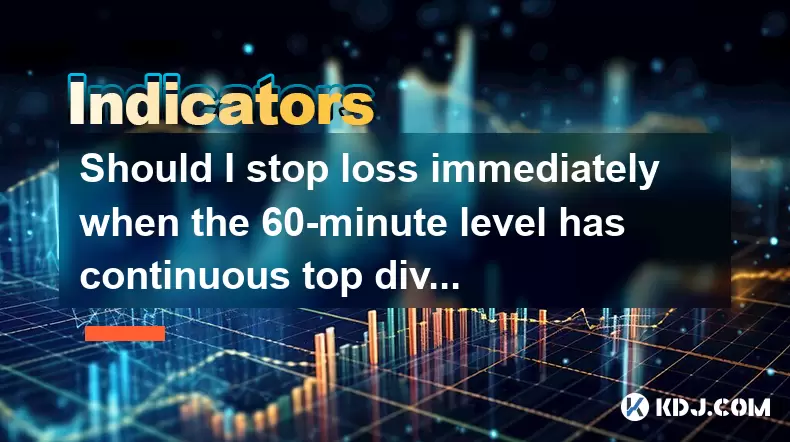
Should I stop loss immediately when the 60-minute level has continuous top divergence?
Jun 17,2025 at 05:28pm
Understanding Top Divergence in the 60-Minute ChartIn cryptocurrency trading, top divergence refers to a technical signal where the price of an asset makes higher highs while the indicator (often RSI or MACD) makes lower lows. This is commonly interpreted as a sign of weakening momentum and potential reversal. When this occurs on the 60-minute chart, it...
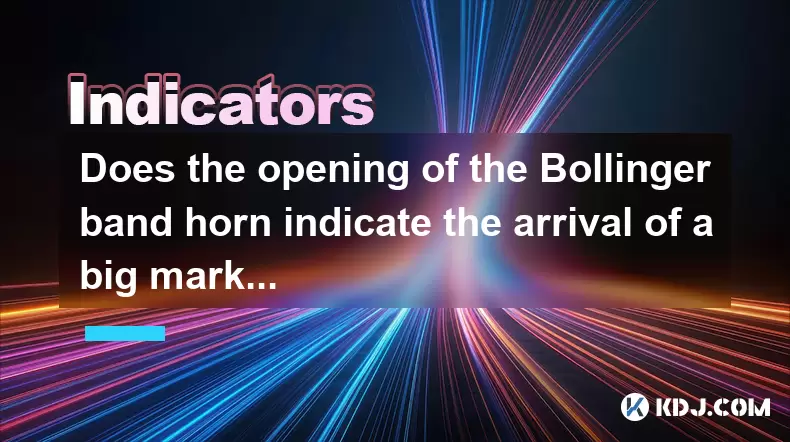
Does the opening of the Bollinger band horn indicate the arrival of a big market?
Jun 17,2025 at 06:28pm
Understanding the Bollinger Bands and Their StructureBollinger Bands are a widely used technical analysis tool in the cryptocurrency market, developed by John Bollinger. They consist of three lines: a simple moving average (SMA), typically set at 20 periods, and two standard deviation bands above and below this SMA. These bands dynamically expand and co...
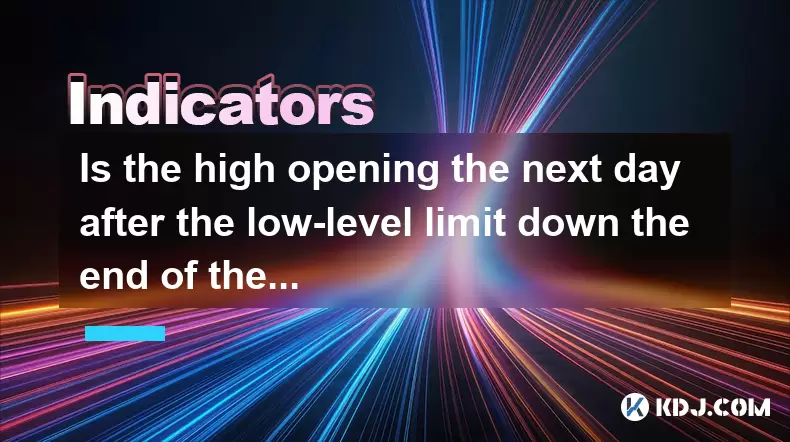
Is the high opening the next day after the low-level limit down the end of the wash?
Jun 17,2025 at 05:57pm
Understanding the Concept of a Limit Down and Its ImplicationsIn the world of cryptocurrency trading, a limit down refers to a situation where the price of a digital asset drops sharply, reaching its maximum allowable decline within a specific time frame. This mechanism is often seen on exchanges that implement daily price limits to prevent excessive vo...
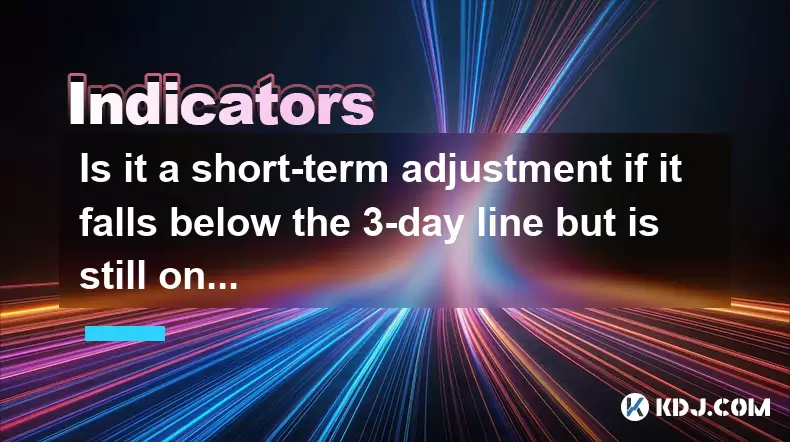
Is it a short-term adjustment if it falls below the 3-day line but is still on the 10-day line?
Jun 17,2025 at 04:07pm
Understanding the 3-Day and 10-Day Moving AveragesIn cryptocurrency trading, moving averages are essential tools for gauging trend strength and potential reversals. The 3-day moving average is a short-term indicator that reflects recent price action with minimal lag, making it highly sensitive to sudden market shifts. In contrast, the 10-day moving aver...
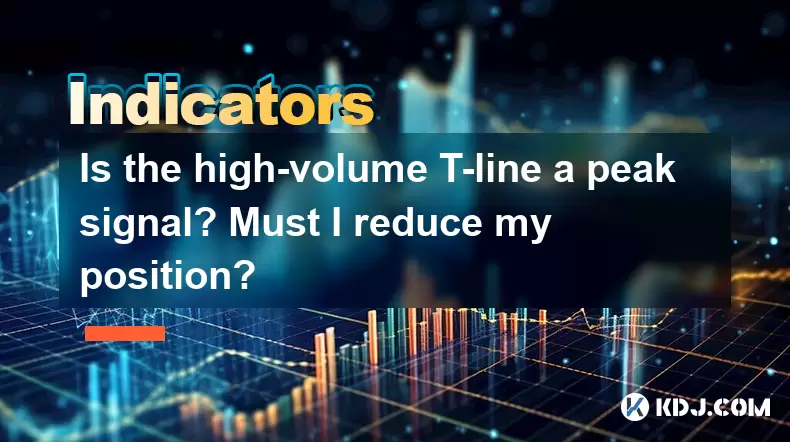
Is the high-volume T-line a peak signal? Must I reduce my position?
Jun 17,2025 at 06:07pm
Understanding the T-Line Pattern in Cryptocurrency TradingIn cryptocurrency trading, technical patterns are frequently used by traders to anticipate price movements. One such pattern is the T-line, which appears on candlestick charts and is characterized by a long upper or lower shadow with little or no body. A high-volume T-line occurs when this patter...
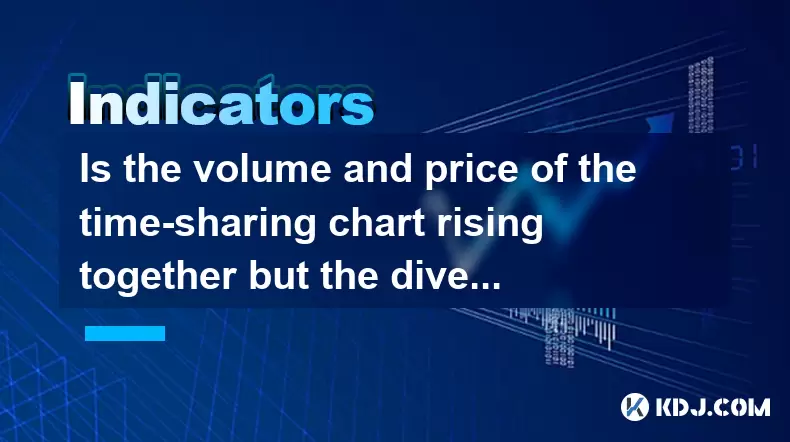
Is the volume and price of the time-sharing chart rising together but the dive at the end of the trading day a lure to buy more? Should I run?
Jun 17,2025 at 07:28pm
Understanding the Time-Sharing Chart DynamicsIn cryptocurrency trading, time-sharing charts are essential tools for short-term traders. These charts show real-time price movements along with trading volume over a specific period, usually within a day. When you observe that both price and volume rise together, it typically signals strong buying pressure ...

Should I stop loss immediately when the 60-minute level has continuous top divergence?
Jun 17,2025 at 05:28pm
Understanding Top Divergence in the 60-Minute ChartIn cryptocurrency trading, top divergence refers to a technical signal where the price of an asset makes higher highs while the indicator (often RSI or MACD) makes lower lows. This is commonly interpreted as a sign of weakening momentum and potential reversal. When this occurs on the 60-minute chart, it...

Does the opening of the Bollinger band horn indicate the arrival of a big market?
Jun 17,2025 at 06:28pm
Understanding the Bollinger Bands and Their StructureBollinger Bands are a widely used technical analysis tool in the cryptocurrency market, developed by John Bollinger. They consist of three lines: a simple moving average (SMA), typically set at 20 periods, and two standard deviation bands above and below this SMA. These bands dynamically expand and co...

Is the high opening the next day after the low-level limit down the end of the wash?
Jun 17,2025 at 05:57pm
Understanding the Concept of a Limit Down and Its ImplicationsIn the world of cryptocurrency trading, a limit down refers to a situation where the price of a digital asset drops sharply, reaching its maximum allowable decline within a specific time frame. This mechanism is often seen on exchanges that implement daily price limits to prevent excessive vo...

Is it a short-term adjustment if it falls below the 3-day line but is still on the 10-day line?
Jun 17,2025 at 04:07pm
Understanding the 3-Day and 10-Day Moving AveragesIn cryptocurrency trading, moving averages are essential tools for gauging trend strength and potential reversals. The 3-day moving average is a short-term indicator that reflects recent price action with minimal lag, making it highly sensitive to sudden market shifts. In contrast, the 10-day moving aver...

Is the high-volume T-line a peak signal? Must I reduce my position?
Jun 17,2025 at 06:07pm
Understanding the T-Line Pattern in Cryptocurrency TradingIn cryptocurrency trading, technical patterns are frequently used by traders to anticipate price movements. One such pattern is the T-line, which appears on candlestick charts and is characterized by a long upper or lower shadow with little or no body. A high-volume T-line occurs when this patter...

Is the volume and price of the time-sharing chart rising together but the dive at the end of the trading day a lure to buy more? Should I run?
Jun 17,2025 at 07:28pm
Understanding the Time-Sharing Chart DynamicsIn cryptocurrency trading, time-sharing charts are essential tools for short-term traders. These charts show real-time price movements along with trading volume over a specific period, usually within a day. When you observe that both price and volume rise together, it typically signals strong buying pressure ...
See all articles

























































































